Home>Garden Essentials>What Is A Good Ground Cover In AZ
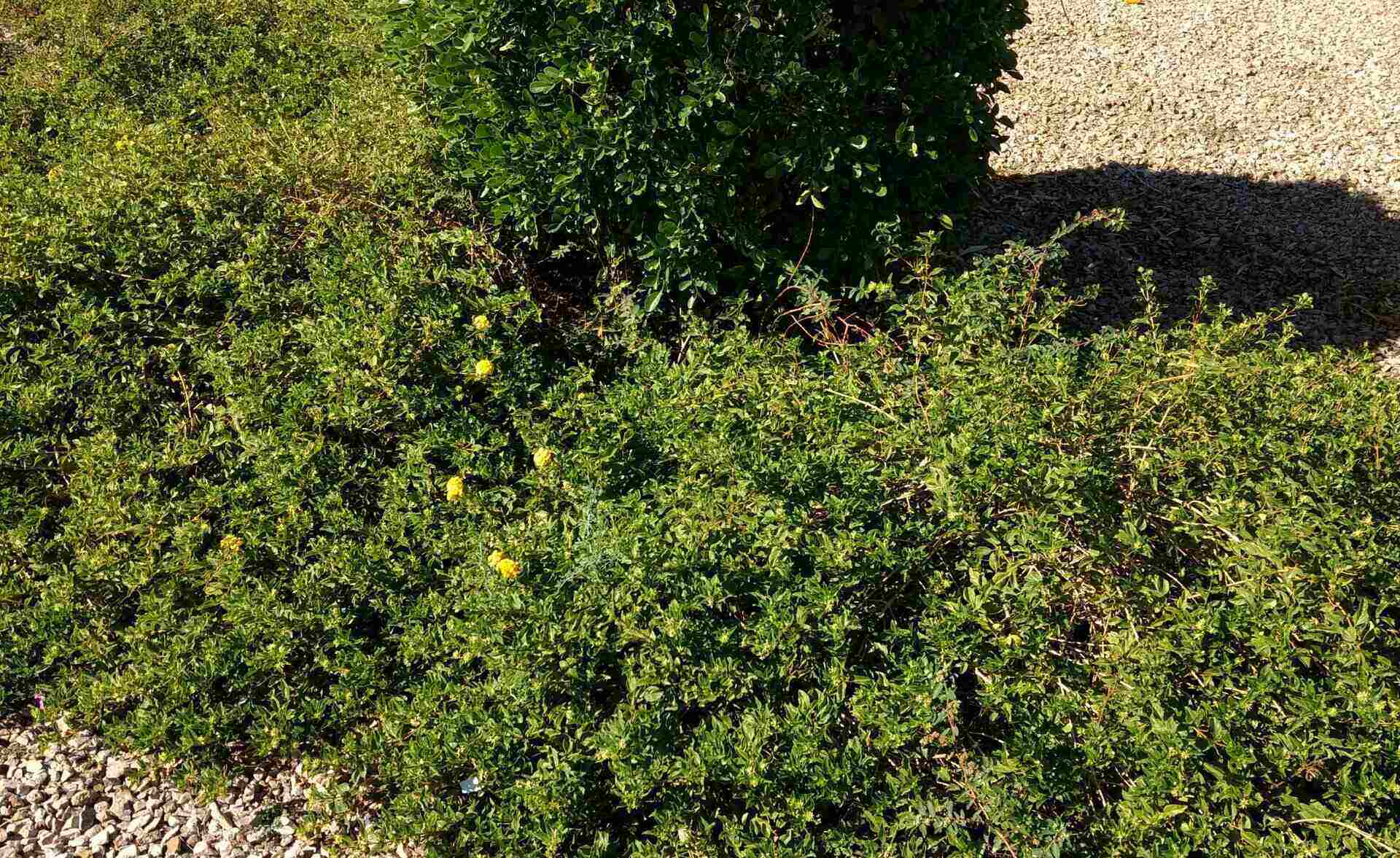

Garden Essentials
What Is A Good Ground Cover In AZ
Modified: March 7, 2024
Looking for a good ground cover for your garden in AZ? Discover the ideal options for your Arizona garden that will thrive in the desert climate.
(Many of the links in this article redirect to a specific reviewed product. Your purchase of these products through affiliate links helps to generate commission for Storables.com, at no extra cost. Learn more)
Introduction
Welcome to the arid and beautiful state of Arizona, where the scorching desert climate poses unique challenges for gardening enthusiasts. One of the key considerations for maintaining a thriving garden in Arizona is choosing the right ground cover. Ground cover plays a vital role in landscaping by providing a low-maintenance solution for areas where grasses may struggle to grow, or where soil erosion needs to be controlled.
When it comes to selecting a suitable ground cover for your Arizona garden, there are several factors to keep in mind. These include the heat tolerance and drought resistance of the plant, as well as its ability to thrive in sandy or rocky soils. Additionally, ease of maintenance and the aesthetic appeal of the ground cover should also be considered. In this article, we will explore some popular ground cover options that are well-suited to the Arizona climate.
Key Takeaways:
- Choose drought-tolerant ground covers like desert marigold and trailing lantana for a vibrant and low-maintenance Arizona garden. These plants thrive in the desert climate and attract beneficial insects, adding beauty to your landscape.
- Create a resilient and water-wise garden in Arizona with ground cover options like Santa Barbara daisy and Texas sage. These low-maintenance plants offer stunning blooms, drought tolerance, and attract wildlife, making them perfect for the arid climate.
Read more: What Are Good Ground Cover Plants
Factors to Consider for Ground Cover in Arizona
When selecting ground cover for your Arizona garden, it’s important to take into account the unique challenges posed by the desert climate. Here are some factors to consider:
- Drought and heat tolerance: Arizona is known for its hot and dry climate, so selecting ground cover plants that can withstand prolonged periods of drought and high temperatures is essential. Look for plants that have adapted to arid environments and have built-in mechanisms to conserve water.
- Soil adaptability: Arizona soil can vary from sandy to rocky, so choose ground cover plants that can thrive in these conditions. Look for plants with deep root systems that can anchor themselves in loose soil or those with adaptability to shallow and rocky soils.
- Low water requirements: To conserve water in your garden, opt for ground cover plants that have low water requirements. Native plants are a great choice as they have evolved to survive in the arid conditions of Arizona and can thrive with minimal watering.
- Resistance to pests and diseases: Arizona is home to a variety of pests and diseases that can affect the health of your garden. Choose ground cover plants that are known for their resistance to common pests and diseases in the area.
- Ease of maintenance: Consider the level of maintenance required for each ground cover option. Look for plants that are low-maintenance and don’t require frequent pruning, fertilizing, or watering. This will save you time and effort in the long run.
- Aesthetic appeal: While functionality is important, don’t forget about the visual appeal of your ground cover. Choose plants that will enhance the beauty of your garden and complement your existing landscape design.
By considering these factors, you can select ground cover plants that will not only survive but thrive in the challenging Arizona climate. Now, let’s explore some popular ground cover options that are well-adapted to the arid conditions of Arizona.
Popular Ground Cover Options in Arizona
When it comes to selecting ground cover for your Arizona garden, you have a variety of options that are well-suited to the arid climate. Here are some popular choices:
- Desert Marigold: Also known as Baileya multiradiata, desert marigold is a perennial ground cover that thrives in Arizona’s desert landscapes. It features vibrant yellow flowers and silver-gray foliage, making it a visually striking choice. Desert marigold is drought-tolerant and attracts butterflies and bees.
- Trailing Lantana: Trailing lantana (Lantana montevidensis) is a low-growing ground cover that offers a cascade of colorful flowers in shades of purple, lavender, or white. This ground cover is heat-resistant, drought-tolerant, and attracts pollinators like butterflies and hummingbirds.
- Santa Barbara Daisy: Known for its delicate, white, daisy-like flowers, Santa Barbara daisy (Erigeron karvinskianus) is a charming ground cover option for Arizona gardens. It thrives in full sun and adapts well to various soil types. Santa Barbara daisy is also a great choice for rock gardens or border plantings.
- Texas Sage: Texas sage (Leucophyllum frutescens) is a widely popular ground cover in Arizona due to its stunning purple or pink flowers and gray-green foliage. It is drought-tolerant and thrives in well-draining soil. Texas sage is known for its ability to attract hummingbirds and butterflies.
- Blue Elf Aloe: Blue elf aloe (Aloe x ‘Blue Elf’) is a compact succulent ground cover that is perfect for Arizona gardens. It features rosettes of blue-gray leaves and produces vibrant orange-red flowers. Blue elf aloe is drought-resistant and requires minimal maintenance.
- Arizona Thyme: Arizona thyme (Thymus arizonica) is a fragrant herb that doubles as a ground cover option. It has small gray-green leaves and produces pink flowers in the summer. Arizona thyme is heat and drought-tolerant, making it an excellent choice for low-maintenance gardens.
- Purple Ice Plant: Purple ice plant (Delosperma cooperi) is a ground cover known for its vibrant purple flowers and succulent-like foliage. It thrives in hot, dry conditions and is well-suited for controlling soil erosion on slopes or in rocky areas. Purple ice plant adds a pop of color to any landscape.
- Silver Carpet Lamb’s Ear: Silver carpet lamb’s ear (Stachys byzantina) is a unique ground cover with soft, fuzzy, silver-gray leaves. It forms a dense mat and is ideal for filling in empty spaces between rocks or in flower beds. Silver carpet lamb’s ear is drought-tolerant and requires little maintenance.
- Desert Mariposa Lily: Desert mariposa lily (Calochortus kennedyi) is a native Arizona plant known for its stunning yellow or white flowers with purple markings. It is well-adapted to the arid conditions of the desert and adds a touch of elegance to any garden. Desert mariposa lily requires well-draining soil and full sun.
These popular ground cover options will not only beautify your Arizona garden but also thrive in the harsh desert climate. Remember to choose plants that are well-suited to your specific location and follow proper planting and care guidelines to ensure their success.
Desert Marigold
Desert marigold (Baileya multiradiata) is a beautiful and versatile ground cover option for Arizona gardens. This perennial plant is known for its vibrant yellow flowers and silver-gray foliage, making it a standout in any landscape. Here’s what you need to know about desert marigold:
- Appearance: Desert marigold features daisy-like blooms with bright yellow petals and a prominent center. The flowers are borne on slender stems above the silver-gray leaves, creating a striking contrast. The plant typically grows to a height of 1 to 2 feet and spreads about 2 to 3 feet wide.
- Growth and Adaptability: Desert marigold is well-adapted to the arid conditions of Arizona. It thrives in full sun and well-draining soil, making it ideal for garden beds, borders, or rock gardens. The plant has a moderate growth rate and can fill in empty spaces, creating a lush ground cover.
- Drought Tolerance: One of the standout features of desert marigold is its exceptional drought tolerance. This plant has evolved to thrive in the harsh desert climate, requiring little to no supplemental watering once established. It is an excellent choice for water-wise gardening and xeriscaping.
- Attracts Beneficial Insects: Desert marigold is known to attract butterflies and bees, making it a valuable addition to any pollinator garden. The vibrant blooms act as a nectar source, providing sustenance for these beneficial insects and promoting biodiversity in your garden.
- Low Maintenance: Another advantage of desert marigold is its low maintenance requirements. Once established, it is relatively self-sufficient and does not require frequent pruning or fertilizing. Simply provide it with well-draining soil, ample sunlight, and occasional watering during prolonged dry spells.
- Uses: Desert marigold is a versatile plant that can be used in various landscaping applications. It works well as a border plant, ground cover, or mass planting. The silver-gray foliage provides an interesting contrast to other plants, and the yellow flowers add a burst of color to the garden.
Whether you’re looking to add vibrant color to your garden or create a drought-tolerant landscape, desert marigold is an excellent choice for a ground cover in Arizona. Its adaptability, low maintenance requirements, and ability to attract beneficial insects make it a valuable addition to any garden.
Trailing Lantana
Trailing lantana (Lantana montevidensis) is a popular ground cover option for Arizona gardens, known for its vibrant and cascading flowers. This low-growing plant offers a stunning display of blooms in shades of purple, lavender, or white. Here’s what you need to know about trailing lantana:
- Appearance: Trailing lantana features small, clustered flowers that bloom in a variety of colors, including purple, lavender, or white. The flowers are held on delicate stems and cascade gracefully, creating a carpet of color. The plant itself grows low to the ground, reaching a height of approximately 6 to 12 inches.
- Growth and Adaptability: Trailing lantana is well-adapted to the harsh conditions of the Arizona climate. It thrives in full sun and well-draining soil but can also tolerate some shade. The plant has a trailing and spreading growth habit, making it an excellent choice for ground cover in slopes, rock gardens, or cascading over walls.
- Drought Tolerance: One of the standout features of trailing lantana is its exceptional drought tolerance. Once established, it can withstand periods of extended dryness without significant watering. This makes it an ideal choice for water-wise gardening and landscapes with limited access to water.
- Attracts Pollinators: Trailing lantana is a magnet for pollinators, such as butterflies and hummingbirds. The nectar-rich flowers provide a valuable food source for these beneficial insects and can help create a vibrant and diverse ecosystem in your garden.
- Low Maintenance: Another advantage of trailing lantana is its low maintenance requirements. It is a relatively forgiving plant that requires minimal pruning or fertilizing. It can also withstand heat and periods of neglect, making it an excellent choice for busy gardeners or those new to gardening.
- Uses: Trailing lantana is a versatile ground cover that can be used in a variety of landscaping applications. It works well in rock gardens, slopes, or as a border plant. The cascading flowers provide a stunning visual display, and the plant’s ability to spread and fill in empty spaces makes it an effective ground cover option.
Whether you’re looking to add a pop of color to your garden or create a low-maintenance landscape, trailing lantana is a fantastic choice for a ground cover in Arizona. Its adaptability, drought tolerance, and ability to attract pollinators make it a valuable addition to any garden.
Read more: What Is A Good Ground Cover For Asparagus
Santa Barbara Daisy
Santa Barbara daisy (Erigeron karvinskianus), also known as Mexican daisy, is a charming ground cover option for Arizona gardens. This versatile plant is beloved for its delicate white flowers and ability to thrive in various conditions. Here’s what you need to know about Santa Barbara daisy:
- Appearance: Santa Barbara daisy features small, daisy-like flowers with white petals and yellow centers. The flowers bloom abundantly and continue to appear throughout the year. The plant has delicate, fern-like foliage that adds an airy and soft texture to the landscape. It typically grows to a height of 6 to 12 inches.
- Growth and Adaptability: Santa Barbara daisy is well-adapted to the Arizona climate and can tolerate a range of conditions. It thrives in full sun but can also tolerate partial shade. The plant is versatile and can be used as ground cover, in rock gardens, or as a border plant. It spreads easily, creating a natural and cascading effect.
- Drought Tolerance: As a native of Mexico, Santa Barbara daisy has developed excellent drought tolerance. Once established, it can withstand periods of dryness and requires minimal watering. This makes it a suitable choice for water-wise gardening and landscapes with limited access to water.
- Low Maintenance: Santa Barbara daisy is a low-maintenance plant that requires minimal care. It is relatively pest and disease resistant and does not require frequent pruning or fertilizing. Simply provide it with well-draining soil and occasional watering during prolonged dry spells.
- Uses: Santa Barbara daisy is a versatile ground cover option that can be used in a variety of ways. It is well-suited for rock gardens, slopes, or as a border plant. Its delicate flowers and soft foliage provide a charming and whimsical touch to any landscape. It also mixes well with other native plants and succulents.
Whether you want to create a cottage-style garden or add a touch of elegance to your landscape, Santa Barbara daisy is an excellent choice for a ground cover in Arizona. Its adaptability, drought tolerance, and low maintenance requirements make it a valuable addition to any garden.
Texas Sage
Texas sage (Leucophyllum frutescens) is a popular ground cover option for Arizona gardens, known for its stunning purple or pink flowers and gray-green foliage. This plant is well-suited to the arid conditions of the desert and offers both beauty and resilience. Here’s what you need to know about Texas sage:
- Appearance: Texas sage is a compact shrub-like plant, typically reaching a height of 3 to 5 feet and spreading about 4 to 6 feet wide. It features small, velvet-like gray-green leaves that add an interesting texture to the landscape. The plant produces an abundance of vibrant purple or pink flowers, especially after rainfall or during the monsoon season.
- Growth and Adaptability: Texas sage thrives in full sun and well-draining soil, making it an excellent choice for Arizona gardens. It is a slow-growing plant, but once established, it can tolerate heat, drought, and arid conditions with ease. It is well-suited for garden beds, borders, or as a ground cover on slopes.
- Drought Tolerance: One of the standout features of Texas sage is its exceptional drought tolerance. This hardy plant has adapted to survive in arid environments, requiring minimal water once established. However, occasional deep watering is recommended during extended dry spells to maintain its overall health and vigor.
- Attracts Wildlife: Texas sage is a magnet for wildlife, particularly hummingbirds and butterflies. The showy flowers provide a valuable nectar source, attracting these pollinators to your garden. If you enjoy observing wildlife, Texas sage can help create a vibrant and buzzing ecosystem in your backyard.
- Low Maintenance: Another advantage of Texas sage is its low maintenance requirements. Once established, it is relatively self-sufficient and does not require frequent pruning or fertilizing. It is important to note that excessive pruning can disrupt its natural shape and reduce flower production.
- Uses: Texas sage is a versatile plant that can be used in various landscaping applications. It works well as a border plant, ground cover, or as a focal point in a xeriscape garden. The purple or pink flowers create a beautiful contrast against the gray-green foliage, adding a splash of color to your landscape.
Whether you are looking to add vibrant color to your garden or create a low-maintenance landscape, Texas sage is an excellent choice for a ground cover in Arizona. Its resilient nature, drought tolerance, and ability to attract pollinators make it a valuable addition to any garden.
A good ground cover option for Arizona is the low-maintenance and drought-tolerant desert marigold. It can handle the hot and dry climate while adding color to your landscape.
Blue Elf Aloe
Blue elf aloe (Aloe x ‘Blue Elf’) is a compact and visually striking succulent ground cover that is perfect for Arizona gardens. With its unique blue-gray leaves and vibrant orange-red flowers, this plant adds a touch of elegance and beauty to any landscape. Here’s what you need to know about blue elf aloe:
- Appearance: Blue elf aloe features rosettes of fleshy, blue-gray leaves that have a smooth and waxy texture. The leaves grow in a dense and compact manner, creating a striking mound of foliage. In the spring or summer, tall stalks emerge from the center of the plant, bearing vibrant tubular flowers in shades of orange or red.
- Growth and Adaptability: Blue elf aloe is well-adapted to the desert climate of Arizona. It thrives in full sun or partial shade and can tolerate a range of soil conditions, including sandy or rocky soils. The plant typically reaches a height of 12 to 18 inches and spreads about 18 to 24 inches wide, making it a great option for ground cover or container displays.
- Drought Tolerance: As a succulent, blue elf aloe is highly drought-tolerant. Its fleshy leaves store water, allowing the plant to survive extended periods of dryness without significant watering. However, it’s important to provide it with occasional deep watering during prolonged droughts to keep the plant hydrated and healthy.
- Low Maintenance: One of the standout features of blue elf aloe is its low maintenance requirements. It is a resilient plant that does not require frequent watering, pruning, or fertilizing. Simply ensure it has well-draining soil and provide occasional watering during prolonged dry spells.
- Uses: Blue elf aloe is a versatile ground cover that can be used in various landscaping applications. It works well in rock gardens, slopes, or as a border plant. The striking blue-gray leaves add an interesting contrast to the landscape, and the tall flower spikes provide a burst of vibrant color.
If you’re looking to create an eye-catching and low-maintenance ground cover in your Arizona garden, blue elf aloe is an excellent choice. Its unique appearance, drought tolerance, and low maintenance requirements make it a valuable addition to any landscape.
Arizona Thyme
Arizona thyme (Thymus arizonica) is a fragrant herb that also doubles as an excellent ground cover option for Arizona gardens. This native plant is known for its small gray-green leaves and delicate pink flowers. Here’s everything you need to know about Arizona thyme:
- Appearance: Arizona thyme features aromatic, small, gray-green leaves that add a lovely texture to the landscape. During the summer, it produces delicate pink flowers on slender stems. The plant typically grows to a height of 2 to 4 inches, creating a low-growing and compact ground cover.
- Growth and Adaptability: Arizona thyme is well-adapted to the arid conditions of Arizona. It thrives in full sun and well-draining soil, making it a great choice for rock gardens, borders, or filling in empty spaces. The plant has a trailing growth habit and easily spreads, forming a lush and fragrant ground cover.
- Drought Tolerance: One of the standout features of Arizona thyme is its exceptional drought tolerance. This herb has evolved to survive in arid environments, requiring minimal watering once established. Once deeply rooted, it can endure long periods of dryness without significant moisture.
- Fragrance and Culinary Uses: Arizona thyme is known for its delightful fragrance, which is released when the leaves are brushed or crushed. The aromatic leaves of this herb can be used in culinary applications, such as seasoning meat, flavoring soups and sauces, or adding a unique taste to herbal teas. It’s a versatile and useful addition to any herb garden.
- Low Maintenance: Another advantage of Arizona thyme is its low maintenance requirements. Once established, it is relatively self-sufficient and does not require frequent pruning or fertilizing. The plant is generally pest and disease resistant, making it an easy-to-care-for ground cover option.
- Uses: Arizona thyme is a versatile herb that doubles as a ground cover. It works well in rock gardens, pathways, or as a border plant. Its fragrant foliage and delicate flowers provide visual interest, and the plant’s ability to fill in empty spaces makes it an effective ground cover option.
If you’re looking for a low-growing ground cover with fragrant foliage and culinary uses, Arizona thyme is an excellent choice for your Arizona garden. Its adaptability, drought tolerance, and low maintenance requirements make it a valuable addition to any landscape.
Read more: What Is A Good Ground Cover For Dogs
Purple Ice Plant
Purple ice plant (Delosperma cooperi) is a vibrant and hardy ground cover that thrives in the arid conditions of Arizona. Known for its eye-catching purple flowers and succulent-like foliage, this plant is an excellent choice for adding color and texture to your garden. Here’s what you need to know about purple ice plant:
- Appearance: Purple ice plant features dense mats of fleshy, succulent leaves that are typically a bluish-green color. The plant produces an abundance of vibrant pink-purple flowers that cover the ground like a carpet. When in bloom, the flowers create a stunning visual display that attracts attention.
- Growth and Adaptability: Purple ice plant is well-adapted to the arid conditions of Arizona. It thrives in full sun and well-draining soil, making it an excellent choice for slopes, rock gardens, or areas with poor soil quality. The plant has a prostrate growth habit, spreading and filling in empty spaces quickly.
- Drought Tolerance: One of the standout features of purple ice plant is its exceptional drought tolerance. As a succulent, it has the ability to store water in its leaves, allowing it to withstand extended periods of dryness without significant watering. It is a perfect choice for water-wise gardening and low-maintenance landscapes.
- Low Maintenance: Purple ice plant is a low-maintenance ground cover that requires minimal care. It is a resilient plant that can tolerate heat, drought, and neglect. It does not require frequent watering, pruning, or fertilizing. Simply ensure it has well-draining soil and provide occasional watering during prolonged dry spells.
- Uses: Purple ice plant is widely used as a ground cover for its visual impact and ability to control soil erosion. It works well in rock gardens, slopes, or as a border plant. The vibrant flowers and succulent foliage add a pop of color to the landscape, creating a stunning and drought-tolerant display.
If you’re looking for a colorful and low-maintenance ground cover for your Arizona garden, purple ice plant is an excellent choice. Its vibrant flowers, succulent foliage, and ability to withstand drought make it a valuable addition to any landscape.
Silver Carpet Lamb’s Ear
Silver carpet lamb’s ear (Stachys byzantina) is a unique and visually appealing ground cover option for Arizona gardens. With its soft, fuzzy, silver-gray leaves, this plant adds texture and beauty to any landscape. Here’s everything you need to know about silver carpet lamb’s ear:
- Appearance: Silver carpet lamb’s ear gets its name from its leaves, which resemble the soft fur of a lamb’s ear. The leaves are densely packed, silver-gray in color, and have a velvety texture. The plant grows in a low, compact manner, forming a dense mat of foliage.
- Growth and Adaptability: Silver carpet lamb’s ear is well-adapted to the arid conditions of Arizona. It thrives in full sun or partial shade and can tolerate a range of soil types, including sandy or rocky soils. The plant is low-growing, reaching a height of around 6 to 12 inches, with a spread of about 12 to 18 inches.
- Drought Tolerance: One of the standout features of silver carpet lamb’s ear is its exceptional drought tolerance. The leaves of this plant are covered in tiny hairs that help reduce water loss, making it well-suited for the water-scarce climate of Arizona. It requires minimal watering once established.
- Low Maintenance: Silver carpet lamb’s ear is a low-maintenance ground cover that requires minimal care. It is a resilient plant that can withstand heat, drought, and neglect. Unlike some other ground covers, it does not require frequent pruning or fertilizing. Simply provide it with well-draining soil and occasional watering during prolonged dry spells.
- Uses: Silver carpet lamb’s ear is a versatile ground cover that can be used in various landscaping applications. It works well in rock gardens, pathways, or as a border plant. The silver-gray leaves provide an interesting contrast to other plants, and the dense mat of foliage helps suppress weed growth.
If you’re looking for a unique and low-maintenance ground cover that adds texture and visual interest, silver carpet lamb’s ear is an excellent choice for your Arizona garden. Its silver-gray leaves, drought tolerance, and low maintenance requirements make it a valuable addition to any landscape.
Desert Mariposa Lily
Desert mariposa lily (Calochortus kennedyi) is a native Arizona plant that adds elegance and beauty to any garden. Known for its stunning yellow or white flowers with purple markings, this ground cover is a true showstopper. Here’s everything you need to know about desert mariposa lily:
- Appearance: Desert mariposa lily features large, cup-shaped flowers in shades of yellow or white, often with purple or reddish-brown markings. The petals are delicate and translucent, giving the flowers a captivating and ethereal quality. The plant grows from a bulb, with strap-like leaves that add to its ornamental appeal.
- Growth and Adaptability: Desert mariposa lily thrives in full sun and well-draining soil, making it well-suited to the arid conditions of Arizona. It typically grows to a height of 12 to 18 inches, with a spread of about 6 to 12 inches. The plant has a clumping growth habit, filling in empty spaces with its elegant foliage and blossoms.
- Drought Tolerance: As a native plant, desert mariposa lily has developed excellent drought tolerance. It can withstand periods of extended dryness with minimal watering. However, providing occasional deep watering during prolonged droughts can help maintain its overall health and maximize its flowering potential.
- Low Maintenance: Desert mariposa lily is a low-maintenance plant that requires minimal care. It is relatively self-sufficient and does not require frequent pruning or fertilizing. The plant is generally pest and disease resistant, making it an easy-to-care-for ground cover option.
- Uses: Desert mariposa lily is ideal as a ground cover, adding elegance and color to any garden. It works well in meadow-like landscapes, wildflower gardens, or naturalized areas. The striking flowers serve as a focal point and can attract pollinators such as bees and butterflies.
If you’re looking to add a touch of elegance and beauty to your Arizona garden, desert mariposa lily is an excellent choice for a ground cover. Its stunning flowers, drought tolerance, and low maintenance requirements make it a valuable addition to any landscape.
Conclusion
Choosing the right ground cover for your Arizona garden is essential to creating a beautiful and sustainable landscape. By considering factors such as drought tolerance, heat resistance, adaptability to arid soils, low water requirements, and resistance to pests, you can select ground cover plants that will thrive in the unique challenges posed by the Arizona climate.
In this article, we have explored a variety of popular ground cover options that are well-suited to Arizona. From the vibrant yellow blooms of desert marigold to the cascading flowers of trailing lantana, each plant offers its own unique beauty and benefits. Santa Barbara daisy brings delicate white flowers and Texas sage adds stunning purple or pink blooms, while blue elf aloe showcases a compact succulent form. Arizona thyme offers fragrant foliage and culinary uses, while purple ice plant brings vibrant purple flowers. Silver carpet lamb’s ear provides velvety silver-gray foliage, and desert mariposa lily adds elegance with its yellow or white blossoms.
These ground cover options not only enhance the visual appeal of your garden but also contribute to water conservation efforts with their low water requirements. Additionally, their adaptability to Arizona’s harsh climate and low maintenance needs make them excellent choices for busy gardeners or those looking to create sustainable landscapes.
Remember to choose ground cover plants that suit your specific garden conditions and design preferences. Proper planting and care will ensure their success and long-term health in your Arizona garden. Whether you’re aiming to control soil erosion, reduce water usage, or simply add beauty and greenery to your outdoor space, selecting the right ground cover plants can make a significant difference.
So go ahead and explore these ground cover options, unleash your creativity, and transform your Arizona garden into a vibrant and resilient oasis that thrives in the desert landscape.
Frequently Asked Questions about What Is A Good Ground Cover In AZ
Was this page helpful?
At Storables.com, we guarantee accurate and reliable information. Our content, validated by Expert Board Contributors, is crafted following stringent Editorial Policies. We're committed to providing you with well-researched, expert-backed insights for all your informational needs.
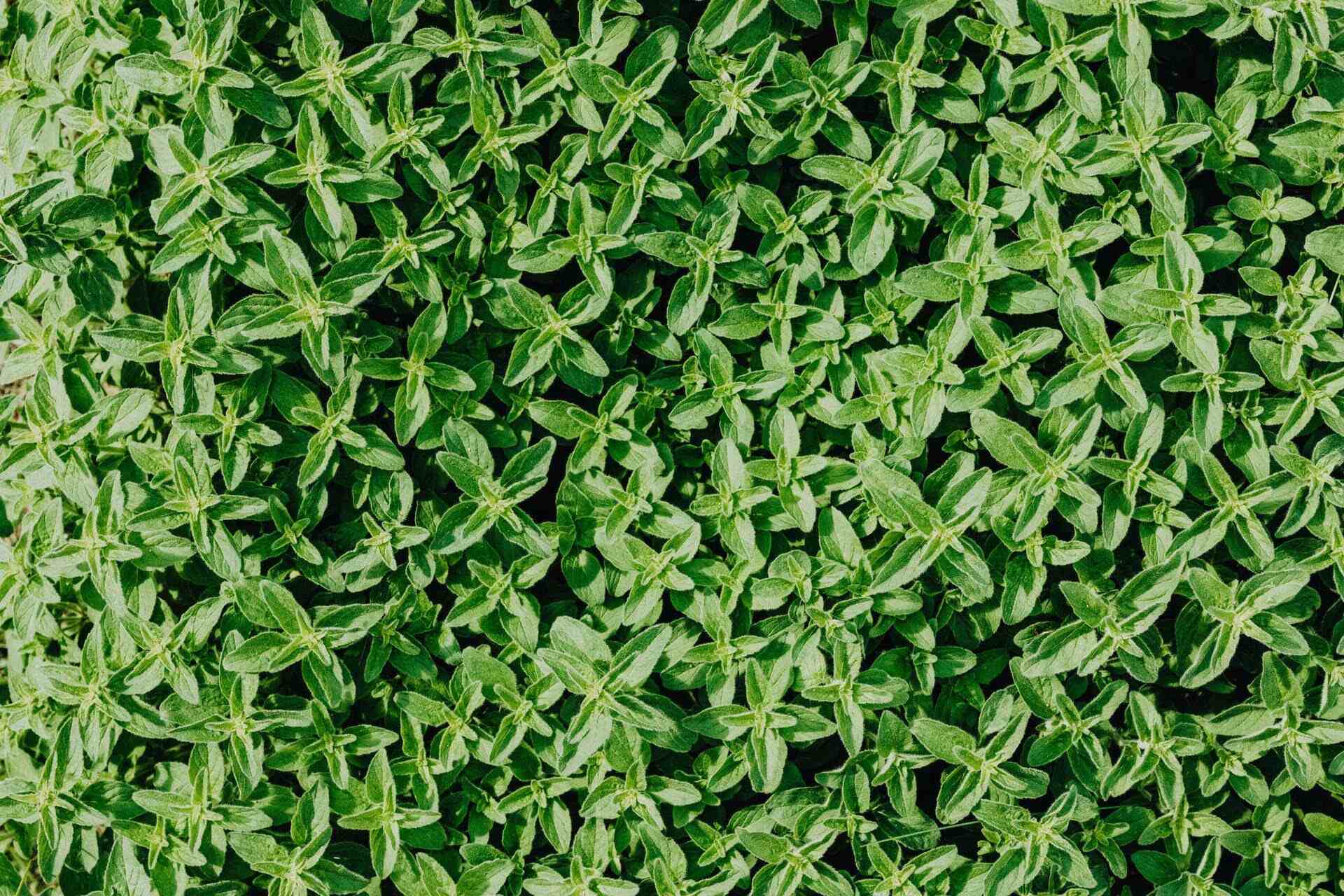
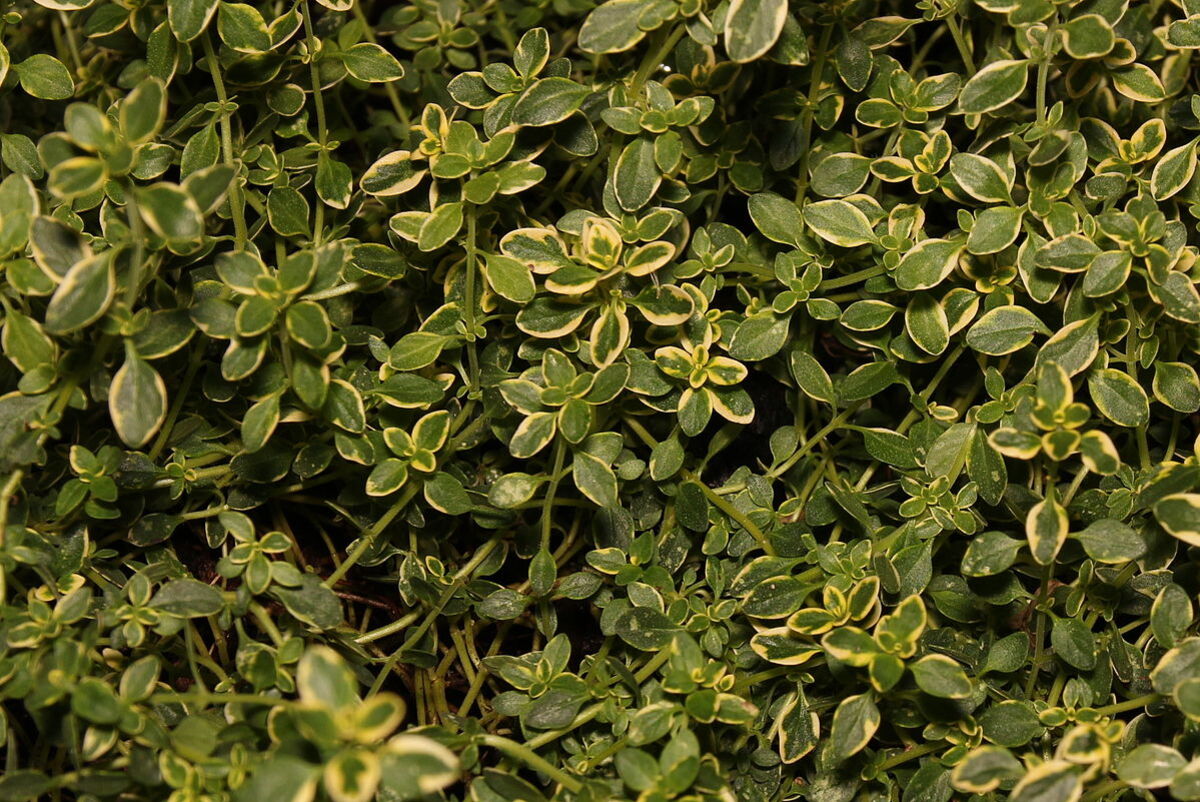
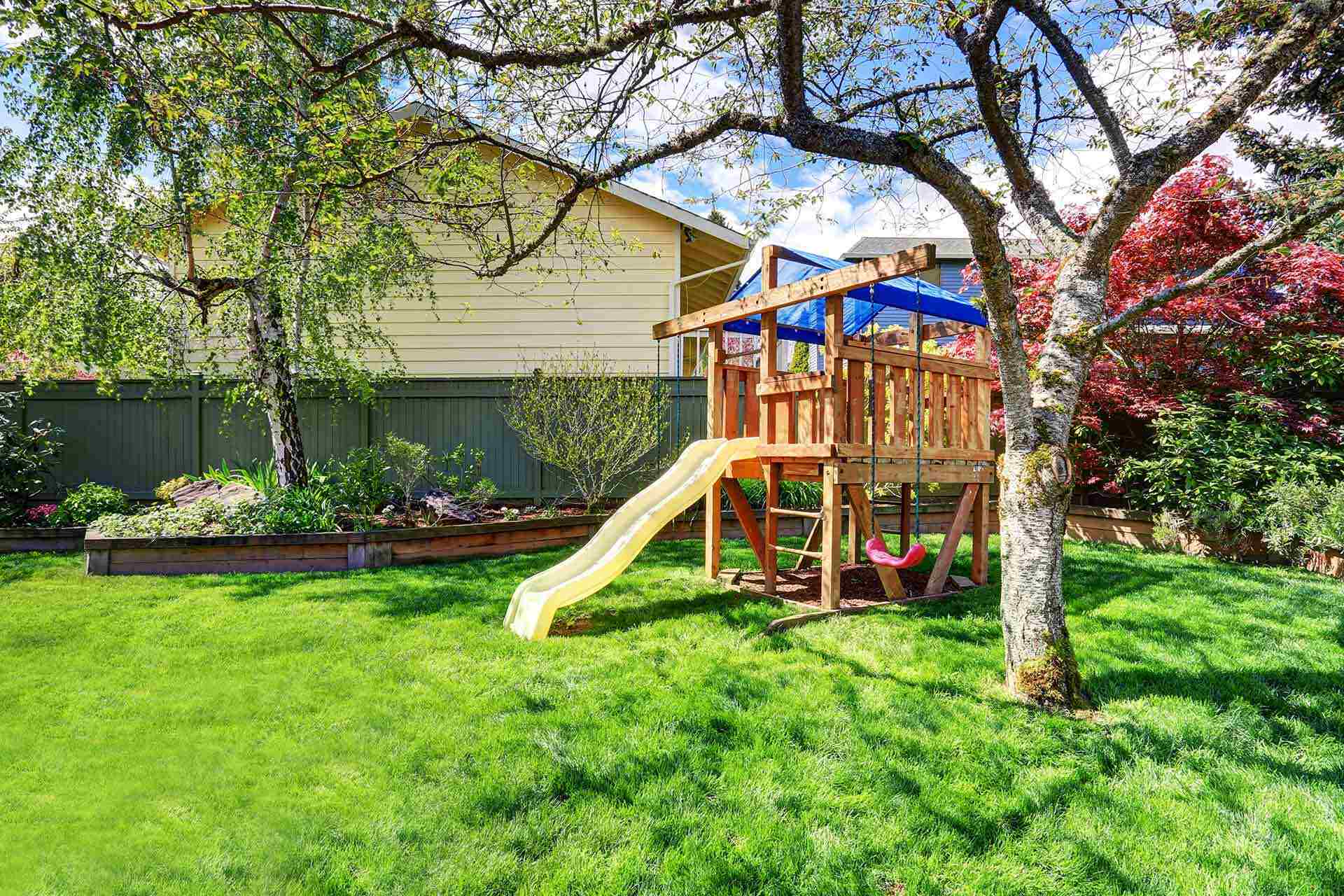
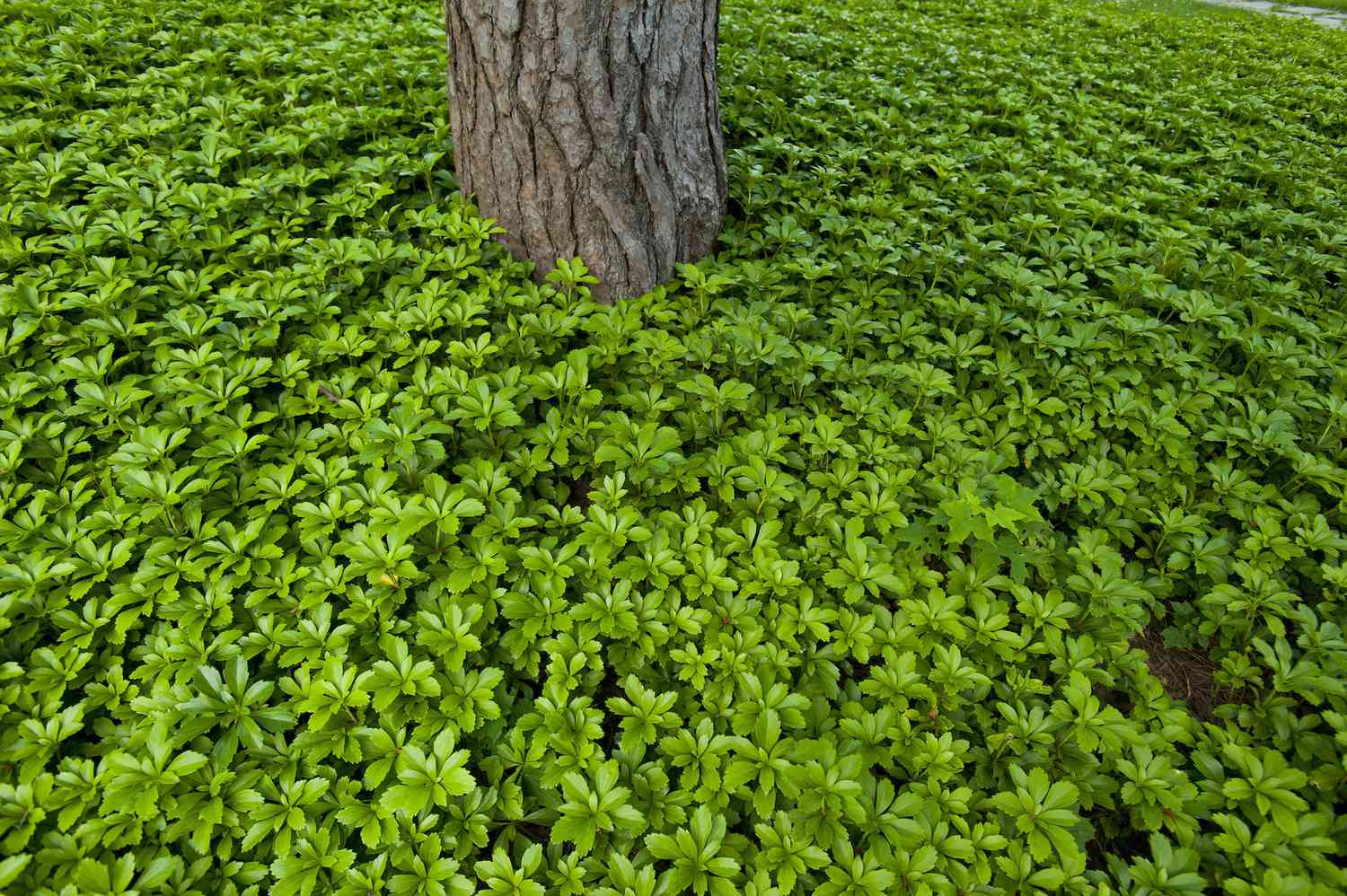
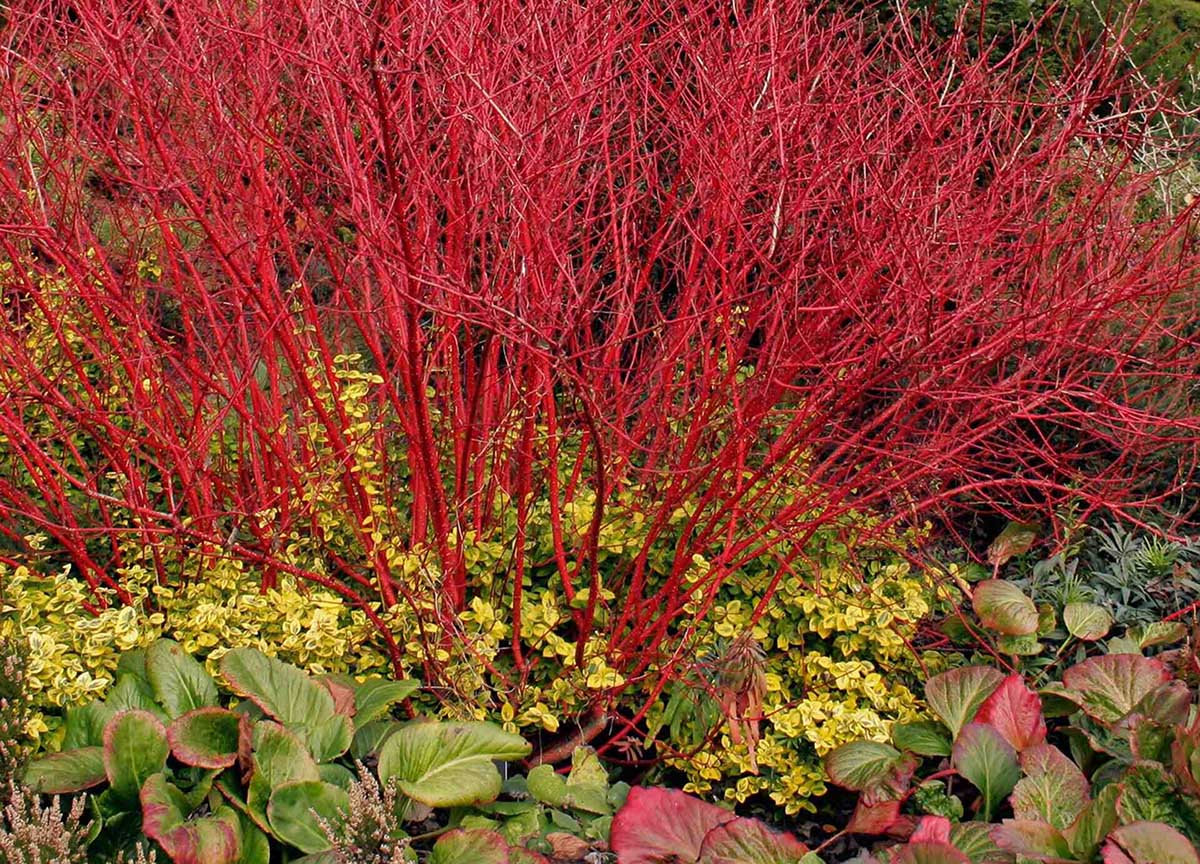

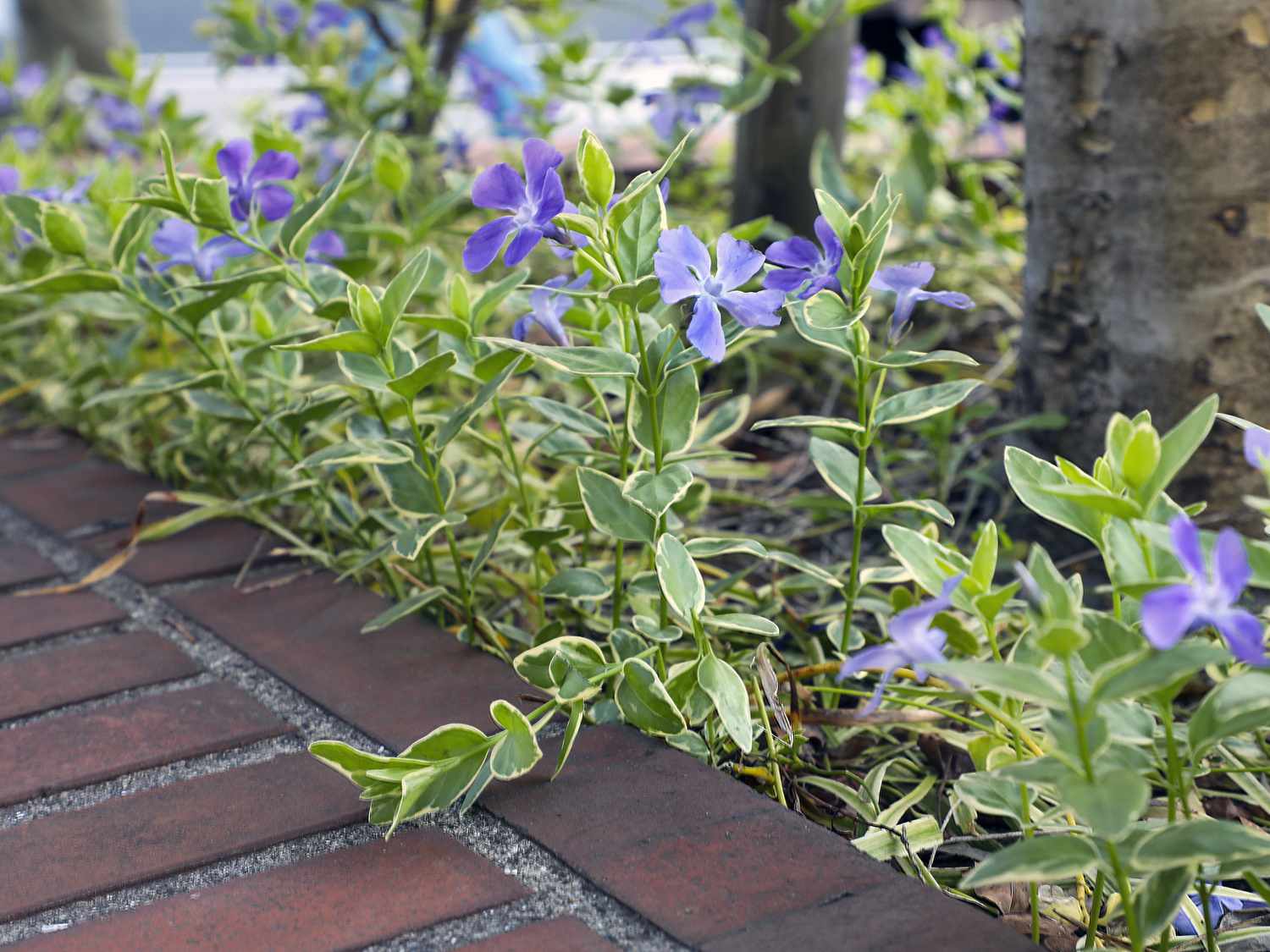
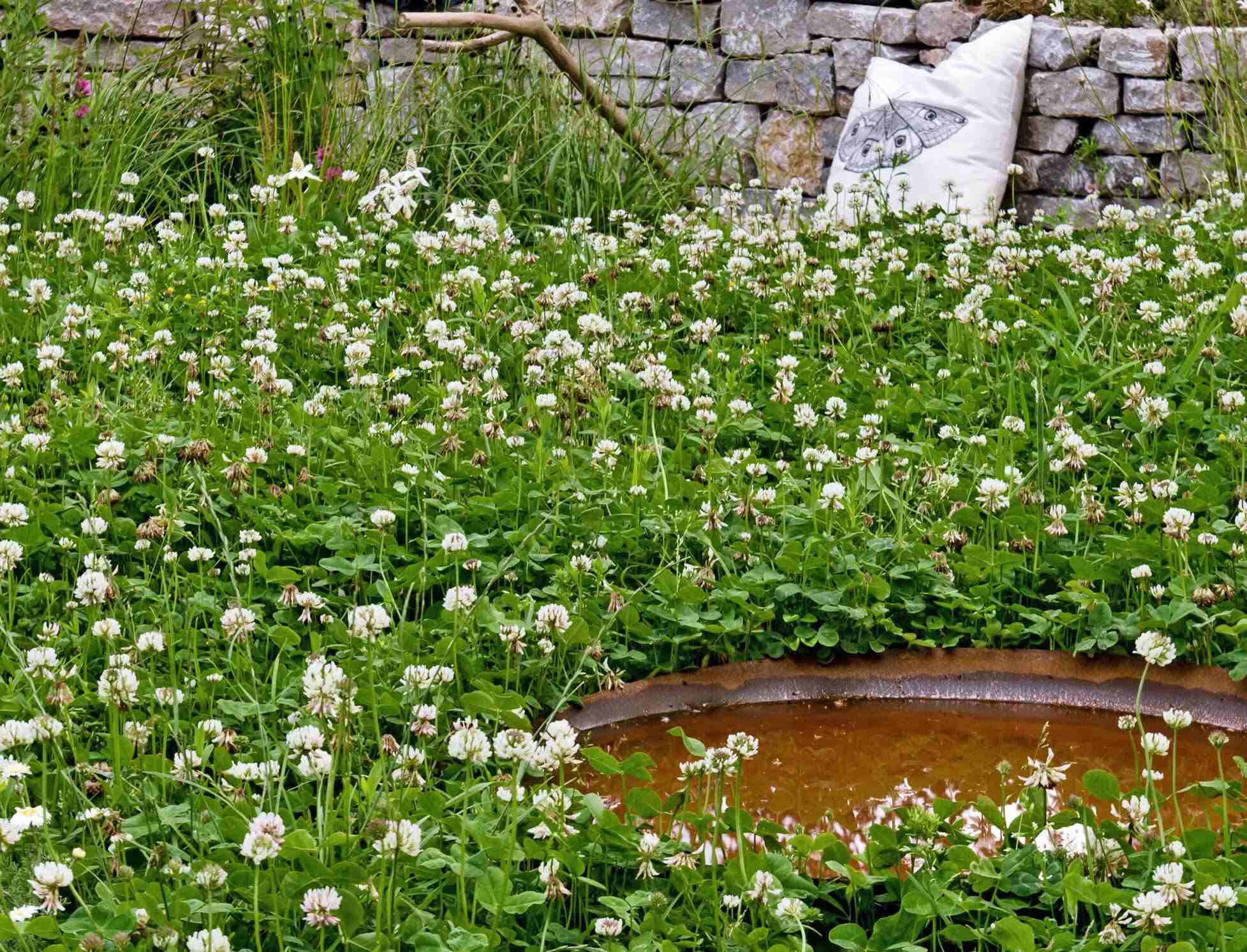
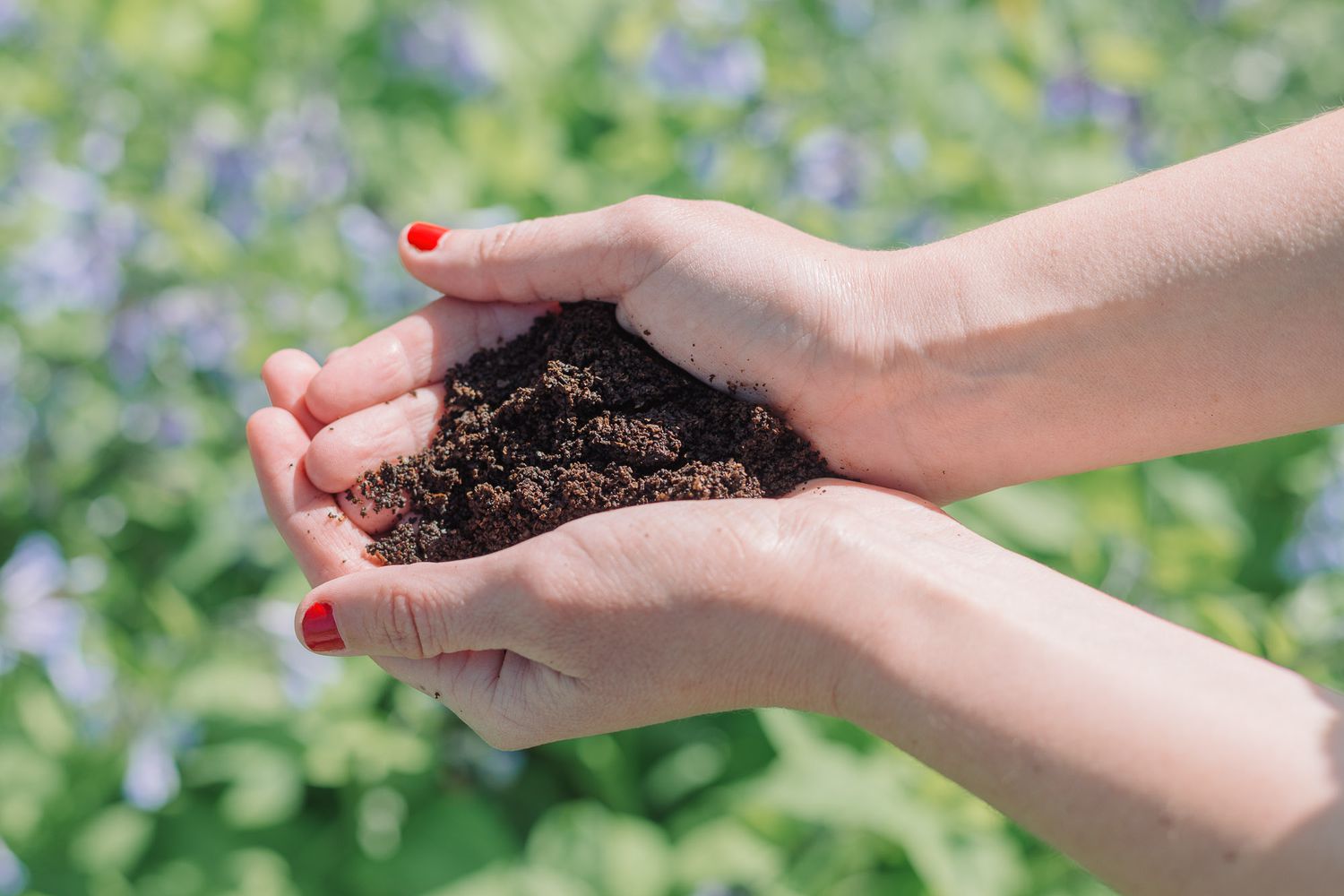
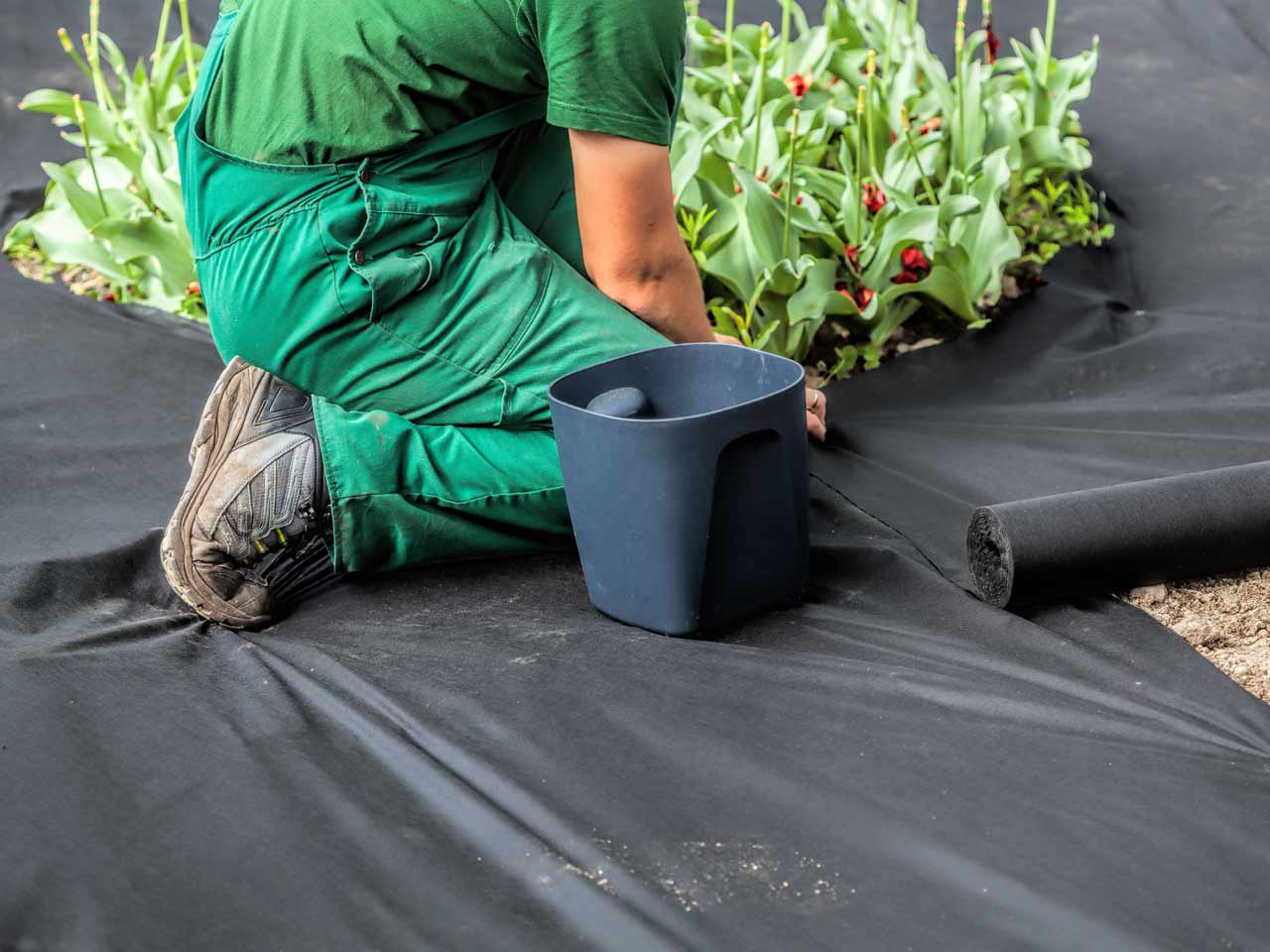
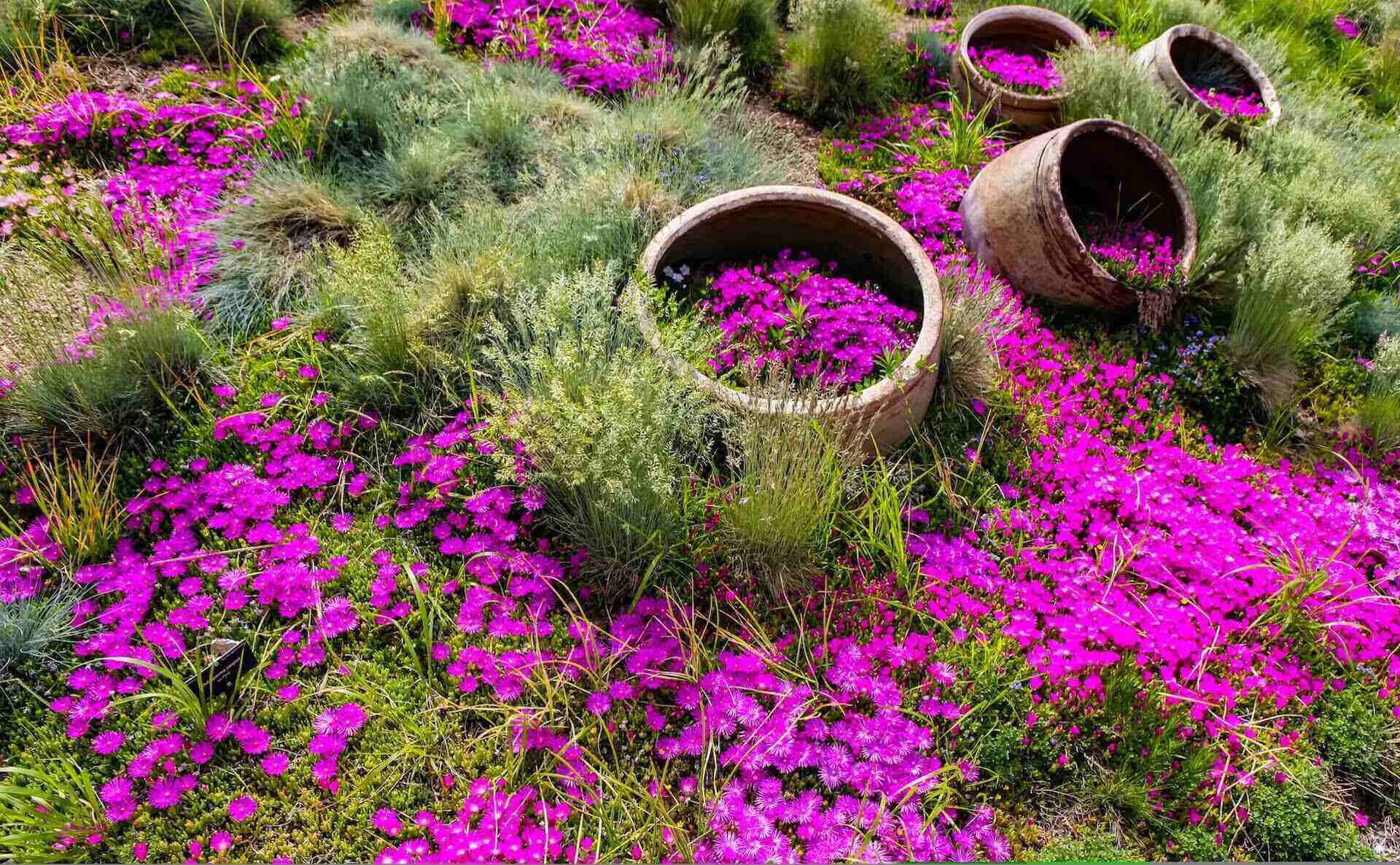
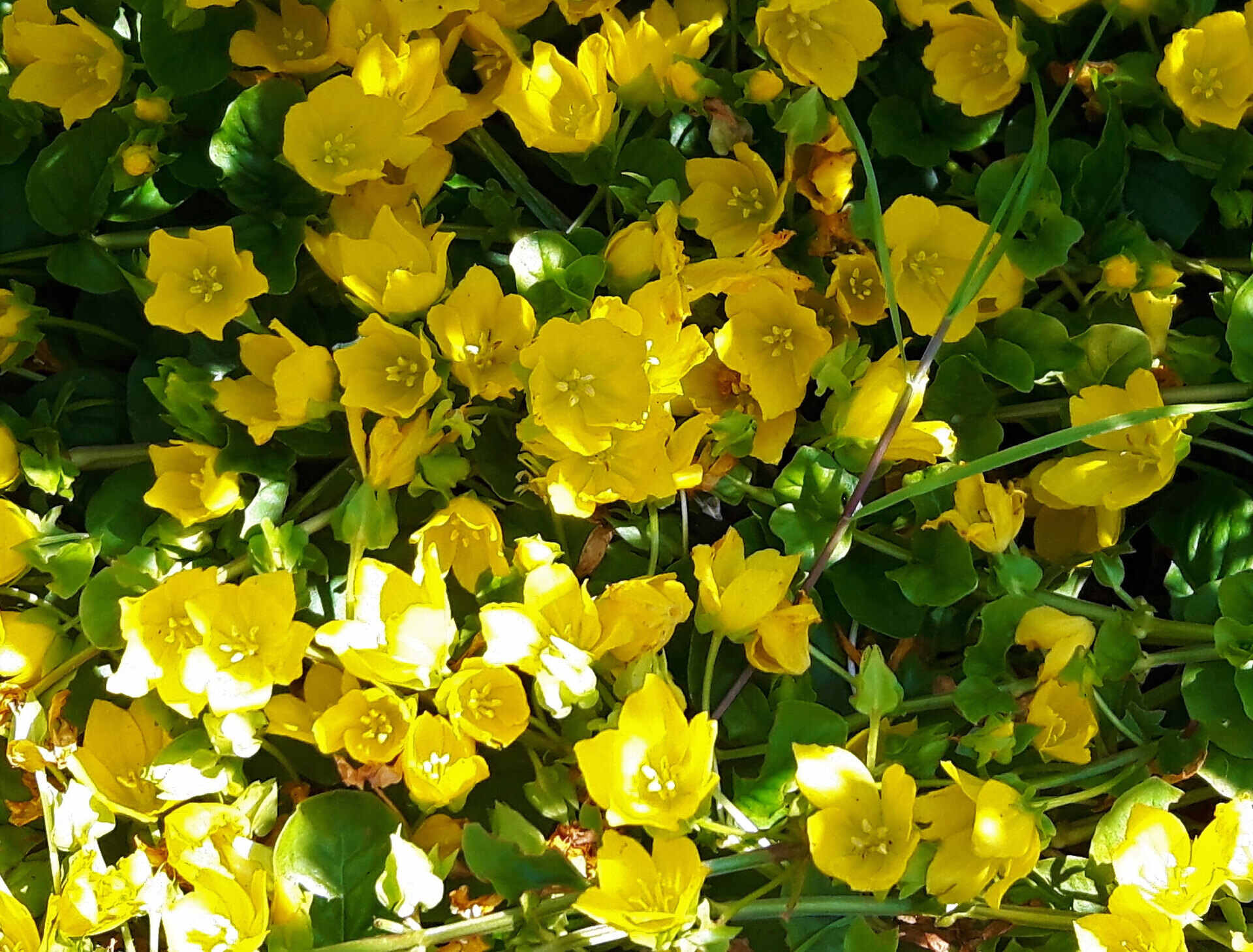


0 thoughts on “What Is A Good Ground Cover In AZ”